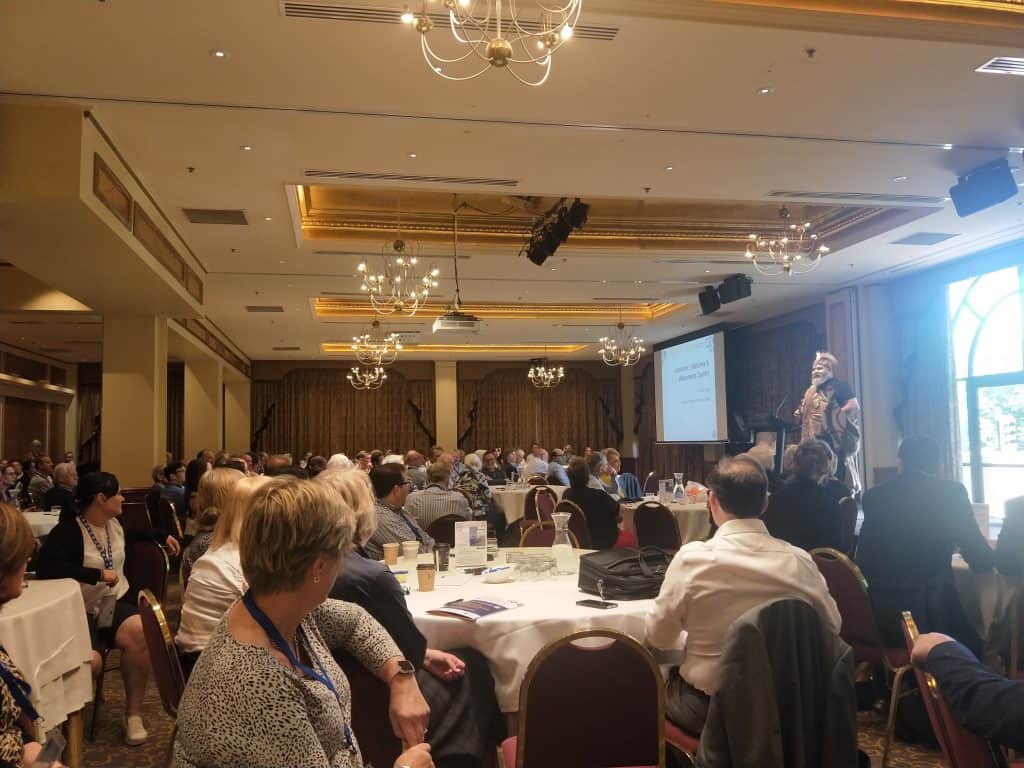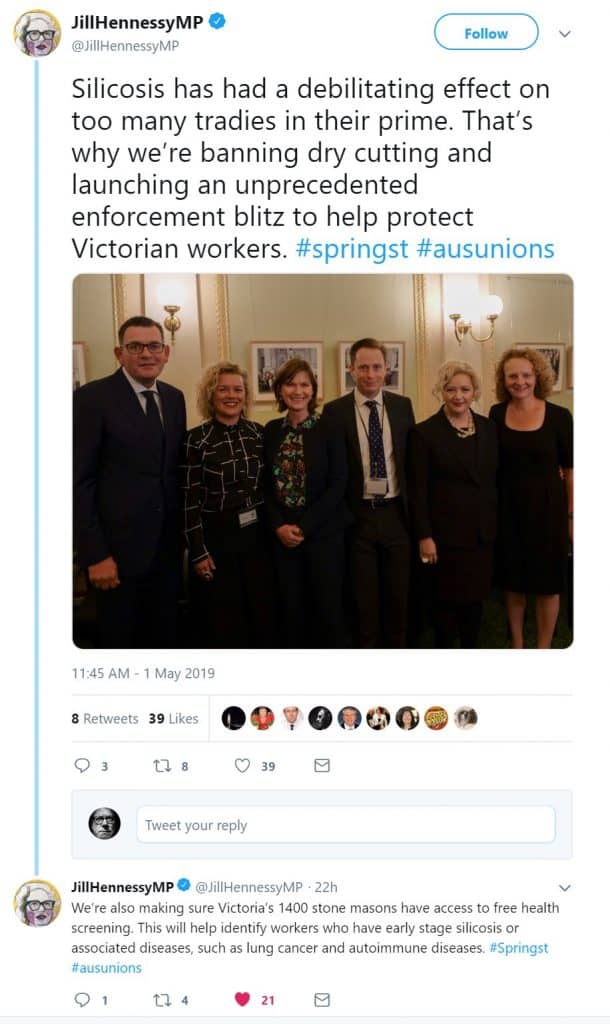
There is a difference between a conference and a scientific meeting. The latter, like the current meeting of the Australia and New Zealand Society of Occupational Medicine (ANZSOM), provides evidence. The former tries to provide evidence but is often “infiltrated” by salespeople or the evidence is of a lesser quality. Both are avenues for gaining information and sometimes the gaining of wisdom.
Day 1 of ANZSOM’s annual scientific meeting was heavy on overhead slides, graphs, Venn diagrams, flowcharts and at least two appearances of photos of Donald Rumsfeld! There was a curious thread in several presentations – the role of non-occupational factors on workplace hazards and interventions. This bordered on a discussion of political science and its relevance to occupational health and safety (OHS). It was a discussion that is rarely heard outside of the basement of the Trades Halls and the challenging questions from die-hard communists and unionists, but it was an important one. Some time soon we deserve a one-day seminar on the politics of workplace health and safety so that we can better understand what we mean by the lack of political will when we whinge about the slow pace of change. (There will be more on this theme in the exclusive interview with Professors Maureen Dollard and Sally Ferguson soon)




 Workplace injury statistics are always less than reality as they are
Workplace injury statistics are always less than reality as they are